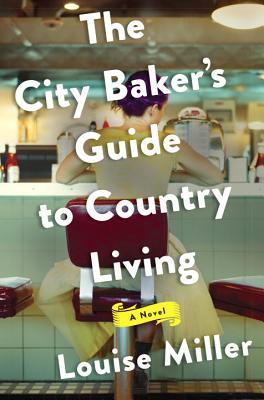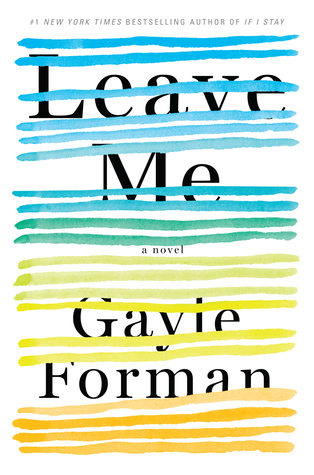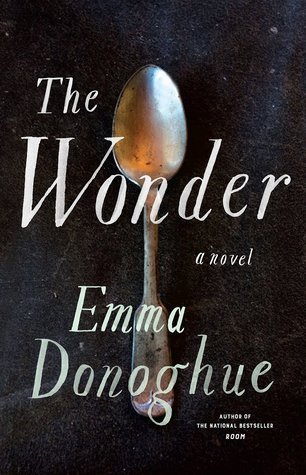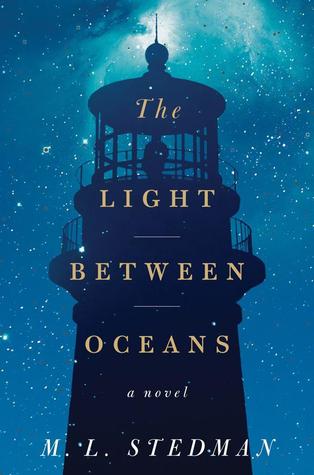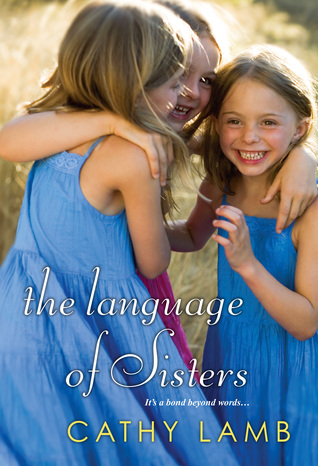by Chris
As I sat down to write this month’s article, I have to admit I was a bit stumped. It’s not easy always thinking of new things to write essays about. So naturally, I spent a good few hours trawling through Facebook and the internet in general under the guise of searching for inspiration, when I was of course simply delaying having to think of anything to write. I found an amusing article on
Millionaire’s Digest about how writers are the worst procrastinators, and only actually write anything when the deadline is nigh. It reminded me of a quote by one of my favorite authors, Douglas Adams: “I love deadlines. I love the whooshing noise they make as they go by.”
Then, as I was browsing through by Wordpress feeds, I came across another article at jackreusen.co.uk which made me stop and think for a moment. It’s really quite short and simple: author John Bray suggests that he
looks forward to autumn because he finds it comforting and it makes the perfect setting for his novel,
Jack Reusen and the Fey Flame. And it made me think about seasons, and the importance they play in the setting for many of the novels I’ve read, and in those I’m writing.
The Feeling of Seasons
In the majority of the northern and southern hemispheres, our lives are often shaped and defined by the weather that surrounds us, and the seasons that come and go. I can’t speak to the tropics as much, simply because my life has never led me to live there for any great period of time, but I certainly find comfort in the changing of the winds and the darkening and brightening of the days as autumn, winter, spring and summer all follow on from one another.
Now, everyone has varying opinions on what their favorite time of year is, but I think that many of us associate the different seasons with certain emotions, feelings, and memories. For me, winter is a dark and desolate place; the night dominates the day, and even the daylight itself shrinks away, leaving what little time there is in the sun a touch dimmer, and cold. When I think of winter, I think of darkness, of candles and fireplaces, of gray clouds and snow. It is the deepest depth of crippling depression, the fire in my soul flickering and threatening to go out. And bizarrely, I love it for this.
But just as winter threatens to overwhelm me with its darkness, a ray of light shines through: spring casts a sunny glow over the fields of snow, and slowly the cold recedes, the frost melts, and a blade of grass or a bluebell shows itself. Spring is a time of hope, of renewal, of trying again and making a fresh effort at life. The world around me lifts up, the skeletal trees clothe themselves again, and the fields that were not so long ago barren and deathly white flood with color, rouge on a resurrected corpse. Spring sometimes overwhelms me with positivity and threatens the native darkness in my heart—the relentlessly cheery friend who insists you buck up even when all the world is collapsing around you.
And then comes the dreadful heat of summer. Just as you think the world couldn’t get brighter, the sun bursts through the clouds and bears down on you with an intolerable intensity, threatening to burn you alive if only you would stay out long enough. The flowers wither, the dust blows, and the folk around you trudge onward with their heads down, waiting for the heat to dissipate. Sand gets everywhere, and your skin blisters. As you might be able to tell, I’m not a fan of summer.
Still, if summer is the worst time of year, it’s followed by certainly the best. Autumn, the season of cooler air, fading sunshine and dying trees, shedding their brilliant reds and golds as they prepare to return to the darkness from whence they came. The glory of the ending of the world burns fiercely and walks through the woods become not only tolerable but enjoyable. The time comes to light the first fires, boil up endless mugs of tea, and sit by the window watching the colors change. Even the rains and gloom of storm clouds bring a comfort with them, and the smell of earth and decay penetrates the soul, reminding you that all things must come to an end. I rather like autumn.
Seasons in Erâth
It probably comes as no surprise, then, that most of the settings in my series,
The Redemption of Erâth, tend to focus around autumn and winter, avoiding spring and summer like the plague. The first book,
Consolation, is primarily focused on winter, with much of the action taking place in snow-covered fields. Spring is mentioned, but not dwelled upon, and summer doesn’t make much of an appearance. This wasn’t necessarily a deliberate choice, but rather the consequence of writing a story that is essentially a giant metaphor for depression and despair. Interestingly, a story I’ve been working at on and off for many years, completely unrelated to
The Redemption of Erâth, is set entirely in the last autumn and winter of a young girl’s life.
But the rest of the world of Erâth, which the hero sets out to discover in the second and third books, is not so lucky in its choice of seasons. Instead of the timely passage from spring into summer, and cycling through autumn and winter and back again, the world is covered in shadow. The people of Erâth haven’t seen the sun as far they can remember, and even when the clouds lift, they don’t break. This sets the world in a state of perpetual gloom and despair, and the folk that inhabit it have lost all hope and faith.
A great deal of my second book is set amongst various mountain ranges, the first being a lower range that remains below the clouds at all times. These mountains are filled with dangerous animals and beasts, on the hunt for our heroes as they travel valiantly to reach a grand city—only to find the city encompassed by an equal state of despair.
The second set of mountains they travel through, however, lead them ever higher and higher, and miraculously, they reach a pinnacle that stands out above the clouds, and our heroes see the sun for the first time in nearly a decade. This is why I chose the cover image of the second book to be a sea of clouds penetrated by snow-capped peaks: it’s one of the most pivotal moments of the story.
But below, the darkness remains, and the as the story continues, the questions becomes whether the world of Erâth will ever see the sunlight again. For me, this is an important world to create, because it so vividly represents my own life and the struggles of living with depression and despair. There are moments of sun, but they are brief, and eventually you have to descend below the clouds again. But, if we struggle long enough and hard enough … can the world be rid of darkness? Only time will tell.
Seasons in Other Books
I find it interesting to consider the setting, seasonally speaking, of other books as well. Many books, I think, are written in a ‘season-neutral’ tone—that is to say, the season in which the book takes place is irrelevant to the plot or story. Sometimes there might be a storm, or gathering clouds, but the turning of the days plays little part in the overall storyline. Sometimes this is because the book is in an urban setting, or perhaps the focus of the story is on romance, or mystery, and the time of year is more or less incidental. Yet sometimes even books where the outdoors and wilderness is important fail to explicitly mention seasons: I remember reading John Wyndham’s
The Chrysalids when I was young, and although it is set in a primitive setting with much of the action taking place in woods and forests, I don’t recall much mention of the changing of seasons, falling leaves, or other seasonal affects (I may be wrong—it’s been many years since I read it).
However, there are other stories where the time of year is either linked to the plot, or forms a solid foundation for the main action of the tale. Sometimes these stories become inextricably linked to their season:
The Legend of Sleepy Hollow by Washington Irving is a great example of a tale that not only is set in autumn, but arguably must be set in autumn, and has become nearly synonymous with Halloween and the general festivities of the fall.
Another book that is often linked to autumn and decay is
Dracula by Bram Stoker. Told in the form of newspaper clippings and diary entries, the dates of the events are in fact incredibly specific, each prefaced by a date ranging from May through to November of the same year. What’s fascinating is that not only is the story linked to the changing of the year but as the climax grows and the story darkens, so too do the days grow shorter and the season darkens as well.
Yet another seasonal book, for me, is
The Mozart Season by Virginia Euwer Wolff (not related to Virginia Woolf). It’s a story that, despite my protestations of dislike for summer, actually reminds me of some of the good of that season. Set in Portland, Oregon—where I lived for a time as a child—it follows the life of a twelve-year-old girl over the course of a summer as she practices for and competes in a violin competition. It held my attention not only because of the deeps links to music (a passion of mine) but because of settings such as the Rose Gardens that are at their best during the warm of summer.
I could go on, but the point is that the setting in time, seasonally, can be just as important as the setting geographically. One of my favorite tales that intertwines both of these elements deftly into the plot is
Doctor Zhivago, and the 1965 film by David Lean only enhances the feelings associated with long Russian winters and floral springs (despite being primarily filmed in Spain).
Seasons on Writers
Often, the seasons find their way into books because of their influence on the writer; sometimes writers find themselves more apt to actually write at all when the weather is right—whether that be on the beach in summer, or sitting by the fire on a cold winter’s night. For me, autumn and winter end up being my most productive times of the year, usually writing late into the night and deep into the darkness. Perhaps because of this, the stories I write tend to focus around these dark months, or at least take the dark months with them through the rest of the year (as in
The Redemption of Erâth). And the weather outside can definitely influence the mood of the story.
Perhaps the most famous example of a book being born out of bad weather is
Frankenstein by Mary Shelley. In 1815 a massive volcano erupted in Indonesia, and the ash fallout caused cold temperatures and dismal weather for months after, leading to 1816 being referred to as ‘The Year Without a Summer’. Traveling through Europe with friends, Shelley ended up often confined to indoor activities due to the wretched weather and is often thought to be an inspiration for the horror of the story itself. This led to Shelley and her companions, including Lord Byron, to come up with a game of scaring each other with ghost stories, and eventually to the writing of their own, original stories.
The tone of the novel is entirely gloomy, filled with fright, terror, and murder. Although possibly not expressly stated in the novel, one can’t help reading it with thoughts of dark clouds overhead throughout. The very thought of sun and blue skies are inconceivable in the story, and this dreariness has become iconic in every representation of the creature and its story in the two hundred years since its publication.
While
Frankenstein remains an example of a story clearly influenced by the weather under which it was written (or at least, conceived), I’m certain there are many other tales whose influence relates back to the season in which the author wrote the story. In fact, perhaps any story with strong elements of season and weather might owe their setting to the real-life environment of the author at the time of writing. After all, who isn’t affected by a warm summer day, or a dark autumn evening?
Ultimately, all stories must contend with their setting, and with the possible exception of science-fiction space tales, the environment of that setting is as equally important as the actual location in which the action takes place. Whether that be winter, spring, summer or autumn, some form of outside influence must be felt while reading, and while writing.
What are your favorite seasons for reading, and for writing? Are you looking forward to the colors of autumn and cozying up with a mug of something hot, or are you just waiting impatiently for the renewal of spring?
Get even more book news in your inbox by signing up for our newsletter: http://eepurl.com/mHTVL. Girl Who Reads is an Amazon advertising affiliate; a small commission is earned when purchases are made at Amazon using any Amazon links on this site. Thank you for supporting Girl Who Reads.



.png)

.png)
.png)





